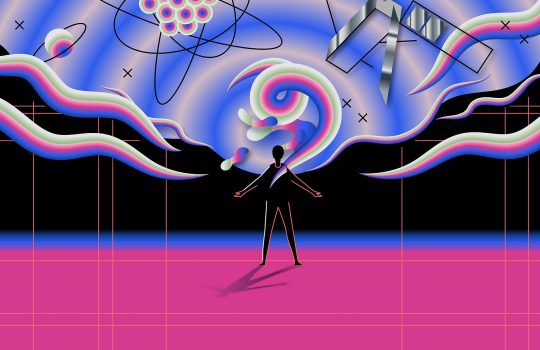The quantum technology industry is creating entirely new jobs
From Discover Magazine, September 15, 2021: The the Quantum Economic Development Consortium (QED-C) developed a survey in 2020 to gather information from QED-C member companies about their workforce needs. FermiLab research associate Ciaran Hughes and colleagues surveyed 57 companies involved in the incipient quantum industry to find out what kinds of skills they are looking for and those that are most in demand. This is the largest survey undertaken of the quantum industry and the results offer some surprises.



